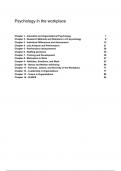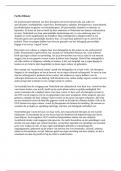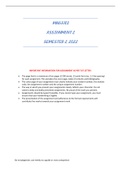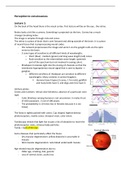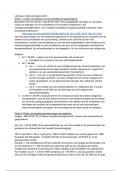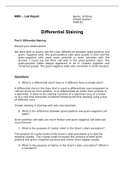Samenvatting
SUMMARY Psychology in the Workplace; Chapter 1-14
- Instelling
- Rijksuniversiteit Groningen (RuG)
This is an extensive summary of the course "psychology in the workplace" given at the University of Groningen. It includes chapter 1 until 14, however chapter 14 only relies on the slides provided. Book: Work in the 21st century, 6th edition (Jeffrey M. Conte & Frank J. Landy) Grade: 7
[Meer zien]
